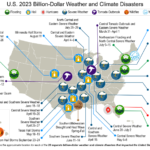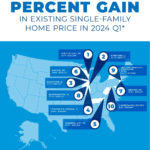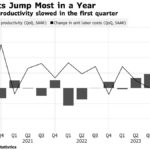It’s good to be a landlord: National rents on single-family homes rose 3% in September, as low rental housing inventories compared to demand continues to push up prices, according to CoreLogic’s Single-Family Rent Index.
“Low rental supply coupled with ongoing demand pushed up rents in September,” says Molly Boesel, principal economist at CoreLogic. “Vacancy rates have fallen moderately on the national level over the last quarter—with a 0.3% decrease in the third quarter of 2019 compared to a year earlier—and more significantly in select metro areas. Of the metros analyzed in the CoreLogic Single-Family Rent Index, Phoenix experienced the largest decrease in vacancy rates at 2.6%, which helped drive its rent growth to the top of the nation in September.”
Overall, the metro areas with limited new construction, low rental vacancies, and strong economies are attracting new employees and reporting the strongest rental growth, researchers note. Phoenix’s rental growth was driven by an annual employment growth of 2.4% (nationwide employment growth averaged 1.4%, for comparison). Seattle saw a 3.3% annual growth in its employment, which also was a big factor in its above average year-over-year rent increase in September, CoreLogic notes.

Rent prices in the lower tier—properties with rent prices less than 75% of the regional median—are seeing the largest spikes in prices, up 3.8% year over year in September, CoreLogic reported Tuesday. On the other hand, high-end rentals—those with rent prices greater than 125% of the region’s median rent—rose 2.9% in September.
Source: “Single-Family Rent Index,” CoreLogic












